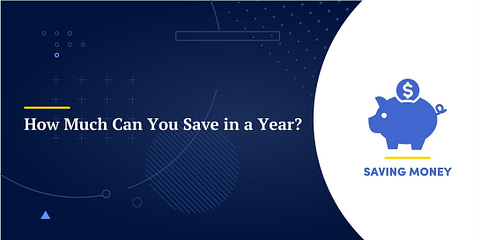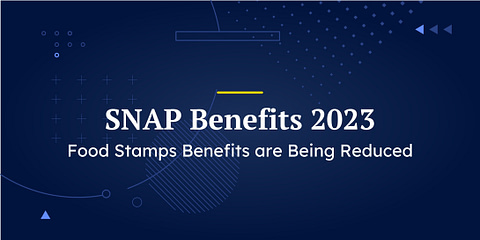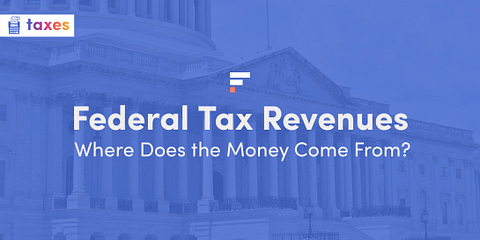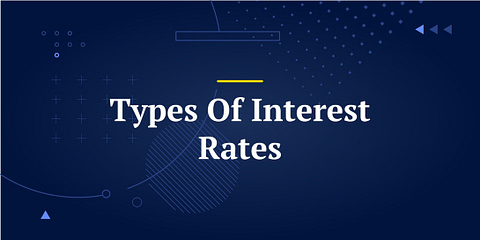We all have a fascination with the upper class, be it celebrities, politicians, or tech billionaires. We scrutinize their personal lives and judge their public statements. We want to be them, enjoying the creature comforts that come with affluence. But what is upper class? And how accessible is it to ordinary people?
What Is Upper Class, Exactly?
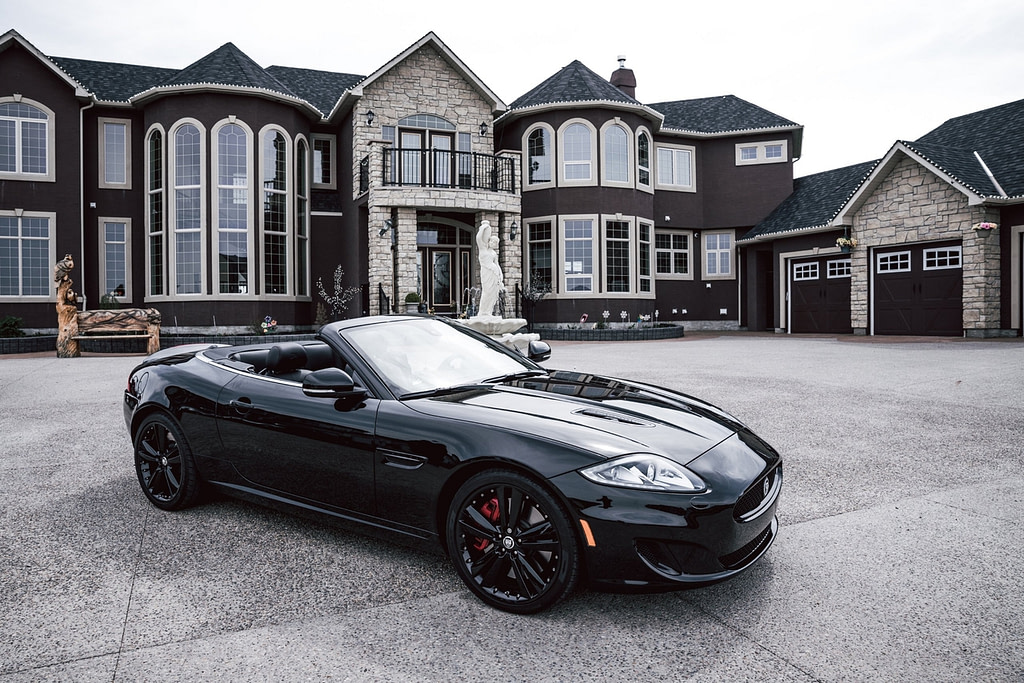
So what is the upper class? Today, we use the socioeconomic term “upper class” to refer to any individual residing on the highest rungs of society. These individuals enjoy wealth and status, which bring along with them a degree of political and economic power.
What qualifies someone as upper class has changed over time. Not too long ago, owning plenty of land was enough to earn you elite status. Aristocrats and royalty were just born into the elite class rather than having to earn their way into it. But what is the upper class nowadays?
In the 21st century, your net worth and income are the best – or at least the simplest – gauges of whether you belong to the upper class or not. As a result, institutions like the Pew Research Center have been able to define what can be considered upper class and what can’t.
How Much Money Do You Need to Make to Be Upper Class?
According to the U.S. Bureau of Labor Statistics, the average income for an American household in 2021 was $87,432[1]. The United States Census Bureau says that the real median income for the same fiscal year was $70,784[2].
The Pew Research Center identifies any household earning more than double the national median as upper class. So, if you or someone you know made more than $141,568 in real income in 2021, then you or they would have qualified as upper class, according to Pew.
Based on this definition, the Pew Research Center has found that around 19% of American households are upper class. On the other hand, the middle class makes up 52% of American society, and lower-income households constitute the remaining 29%[3].
Looking at the upper-class households on their own, their median income was around $187,872 back in 2016, whereas middle-class Americans made a median of $78,442 for the same year. If we were to go back only 6 years, we would find that upper-class households had a median income of $172,152 in 2010, while middle-class households had an income of $74,015 for the same year.
In the 6-year period between 2010 and 2016, both upper and middle-class Americans increased their median income. However, the gap between these two classes also increased, with the upper class pulling away. This points to an important attribute of the upper class: during periods of boom, upper-class individuals grow their wealth at a much faster rate than any of the other classes.
While the above numbers provide general guidelines for what constitutes the upper class, there are other factors that can affect our classification.
1. Household Size
The Pew Research Center defines “upper class” by adjusting its income threshold based on the number of individuals within a household. In other words, the larger the household, the greater the income needed to be considered upper class:
- A household of one needs $78,281
- A household of two needs $110,706
- A household of three needs $135,586
- A household of four needs $156,561
- A household of five needs $175,041
As can be seen, Pew believes that to maintain the same lifestyle, a household of four needs to make almost double the income of a household of one.
2. Location
Another factor to take into consideration when trying to answer the “what is upper class” question is location. The income required to be considered upper-class changes depending on where you live. An income that would be upper-class in Brownsville, Texas, might be middle-class in New York.
These same metropolitan areas also have the largest number of upper-class individuals. While almost 19% of Americans can be considered “upper class”, that percentage is much higher in a place like New York or Los Angeles.
San Jose in California is the most affluent city in the United States, with almost 32% of its population considered upper-class.
How Much Do You Need to Be Worth to Qualify as Upper Class?
The other way to define what upper class is in terms of socioeconomic status is through an individual’s net worth.
Similar to what we did with incomes, we need to find the median net worth of the American household to define what passes as upper-class.
According to the United States Census Bureau, the median household net worth was around $166,900 back in 2021[4].
Now, if you classify people according to quintiles, you will find that people in the top 20% have a median net worth of $805,400, which is almost five times the median household net worth. What’s more, if you were to look at the top 10%, you would find that their net worth hovers around $1,623,000.
Out of every 10 households in the USA, one at least has a net worth of $1.6M, if not more.
How Do Americans Classify Themselves?
Although the numbers show that numerous Americans are upper-class, the curious thing is that many don’t feel that way.
A Gallup survey found that almost three-quarters of Americans, 73% to be exact, classified themselves as middle or working class. Another 14% said they belonged to the upper-middle class, and only 2% saw themselves as upper-class[5].
So, how can we explain the huge disparity between the numbers and the self-reported classifications?
There are several factors that can help explain this chasm.
For starters, when deciding where they lie on the social ladder, most people take into account more than just their income or net worth. They look at things like their education, their family history, their social and professional networks, and even their location.
Americans typically associate being upper class with a sense of economic security. So, the more financially safe an individual feels, the more likely they are to view themselves as affluent. Financial safety comes when an individual can afford their necessities along with a few extravagances, such as a vacation or a nice sports car.
The problem here is that this self-classification is not only very subjective but is also bound to change with economic cycles. As a result, it doesn’t give us anything tangible to work with. Nevertheless, there is a glimmer of truth about associating being upper-class with financial security.
What Is Upper Class: The True Meaning
No matter how you choose to identify those in the upper class, there is one thing they all have in common: They are in full control of their time. If they want to take a day or two off, they can afford to do so. If a loved one gets sick, they don’t have to work three jobs at the same time just to pay their hospital bills.
In essence, most members of the upper class choose to work rather than being forced to work. Many of them can live off of their passive income should they so choose, giving them full control over their financial destiny.
The upper class can also take risks and seize opportunities that aren’t afforded to the other classes. Entire worlds of investment are only available to accredited investors, a status requiring significant income or net worth.
How to Get Into the Upper Class
The upper-class bracket may seem completely out of reach. It’s not. It’s not easy to get there – if it was, we’d all be there – but the days when you had to be born into the upper class to get there are long gone.
The Institute for Policy Studies, a progressive think tank that has few positive things to say about billionaires, reported in 2012 that 35% of the Forbes 400 – the very peak of the upper class – came from backgrounds that offered no special advantages[6].
In 2019, Fidelity Investments surveyed a range of millionaires, defined as those with over $1 million in investment assets other than real estate. 82% reported that they had received no inheritance or financial help from others[7].
Of course, self-reporting is not always reliable, and many of these millionaires had less tangible privileges, including high levels of education, often without debt, and valuable networks of content. It is still very possible to move into the upper class, especially if you start young and keep focused on your goal.
These steps can help.
- Focus on education. 85% of the millionaires in Fidelity’s study had an undergraduate degree or higher.
- Consider entrepreneurship. Starting a business is not a guaranteed route to the upper class, and it is not the only route, but it is one of the most common ways people reach upper-class status.
- Focus on saving. The millionaires in Fidelity’s survey save, on average, over 30% of their incomes.
- Invest early. Investment is one of the best ways to grow money over time, and the earlier you start, the more time your gains have to compound.
- Get married. 80% of the millionaires surveyed by Fidelity were married or had partners. Two incomes produce more investable resources than one.
- Minimize debt. 57% of the millionaires in the Fidelity survey had no debt at all.
- Learn about money. A solid base of financial knowledge will help you avoid mistakes and make the most of your opportunities.
Don’t expect to make it to the upper class overnight. The average age of the millionaires in the Fidelity survey was 67. Of course, it’s possible to make it earlier, but for most people, the reward takes time to achieve.
Let’s look at some of the obstacles that might pop up as you make your way toward generational wealth.
Be Aware of the Pitfalls
That ladder connecting the middle and upper classes is a long one, and it can take decades to scale it. So, you would do well to learn from the mistakes made by those who have gone on that journey before you:
- Comparing yourself to others is one of the biggest mistakes you can make. It doesn’t matter where you are relative to others. The only thing that matters is how close you are to your own goal. As one of my favorite songs says, “Don’t waste your time on jealousy; sometimes you’re ahead; sometimes you’re behind. The race is long, and in the end, it’s only with yourself.”
- Don’t invest in trends. Instead, follow solid, fundamental advice. For instance, if you don’t want to put too much effort into stock analysis and selection, then investing in a good stock index that tracks the market could be a good idea.
- Don’t over-save. Even though saving your money for a rainy day can be a good idea, you don’t want to get into the habit of saving just to save. Instead, once you have enough money to cover 3-6 months of living expenses, you should be investing everything else you can.
- Don’t show off. Another mistake to avoid is trying to give off the image of wealth to impress others. When was the last time you saw Bill Gates rocking the latest Armani suit? Even Mark Zuckerburg wears almost the same outfit day in and day out. Jeff Bezos refused to give up his 1996 Honda Accord despite being worth $10 billion at the time.
- Don’t sell yourself short. The biggest mistake that might stop you is the limiting effect of your own beliefs. Many people just can’t imagine themselves being wealthy. They think that they need extraordinary luck or that they need to be born into money. However, the simple fact of the matter is that the most important tool you will need is the right mindset. And to cultivate that mindset, you should surround yourself with similar individuals who don’t let limiting beliefs stop them from living a full life.
Now, although you might be aware of these pitfalls, this won’t necessarily stop you from stumbling over them despite your best efforts. The trick is to spot bad behaviors early on and correct them.
What Is Upper Class?
The idea of the upper class is not new. What is new is how accessible that class has become to everyone. A thousand years ago, you had to be born to the right family if you wanted a decent chance at being part of society’s elite class. Today, the right investment portfolio, financial education, and mindset can all propel you and your loved ones to a better future and a tomorrow filled with free time and financial security.




